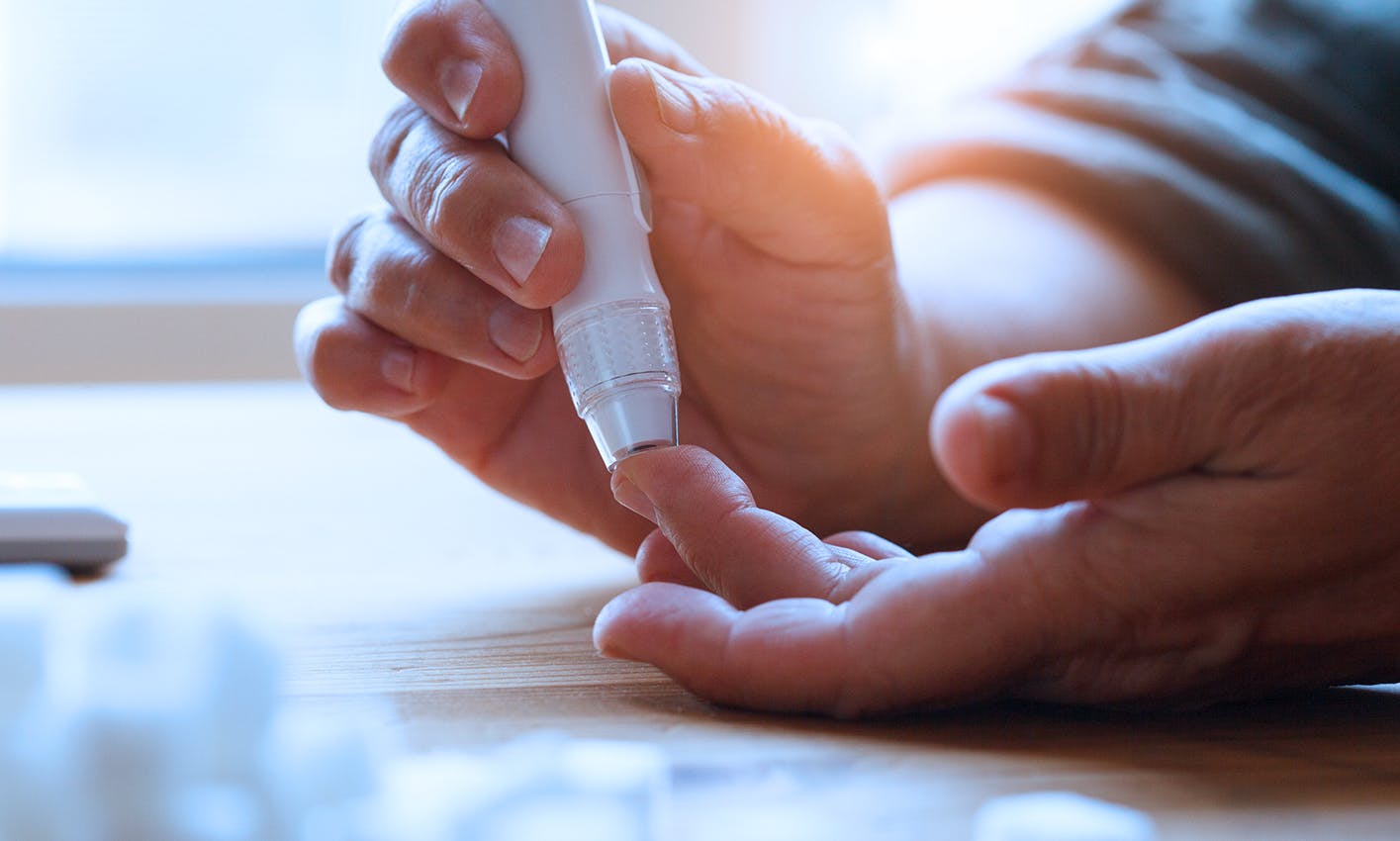
Advancing Metabolic Disorder Research with Patient-Reported Outcomes
Assessing health-related quality of life (HRQoL) offers a significant amount of information on a person’s physical, mental, emotional and social well-being, and it can serve as a multifaceted metric in examining endocrine and metabolic disorders. As more healthcare professionals and researchers adopt a patient-centered approach to clinical research and care, they increasingly turn to patient-reported outcomes (PROs) as a method of capturing HRQoL.
Illuminating the full spectrum of patient experiences by leveraging patient-reported outcomes is a crucial step in guiding research, identifying unmet needs, developing more comprehensive treatment approaches, assessing treatment effectiveness, enhancing patient care, and informing policy decision-making.
HRQoL & PROs in Metabolic Disorder Research
PROs that assess HRQoL are particularly relevant tools in researching chronic and debilitating conditions like endocrine and metabolic disorders, where biomarkers are not always associated with meaningful patient benefits.1 HRQoL is recognized as an essential measurement—like clinical parameters and disease-specific biomarkers—in determining therapeutic effects.1
Many studies include the assessment of changes in HRQoL upon treatment initiation to more successfully evaluate therapeutic benefits,1 and PROs can help researchers uncover these quality of life metrics that would not have been possible if relying solely on clinician-reported outcomes or other surveys.
QualityMetric’s patient outcome measures advanced research by assessing HRQoL with the SF-36®v2 Health Survey for a study on the Semaglutide Treatment Effect in People with obesity (STEP) trials.2 Researchers compared once-weekly subcutaneous semaglutide 2.4 mg with placebo in adults with overweight or obesity, with or without type 2 diabetes, taking a closer look at quality of life, control of eating, and body composition.
The SF-36v2, comprising a physical component summary (PCS) and mental component summary (MCS), was also used to examine what drives HRQoL change in type 2 diabetes in the SUSTAIN 6 trial and identify potential mediators of the treatment effect of semaglutide on HRQoL scores.3
A study on the improved health utility of once-weekly subcutaneous semaglutide 2.4 mg compared with a placebo in the STEP 1-4 obesity trials also made use of the SF-36®v2 to assess quality of life, later converting scores into SF-6Dv2 Health Utility Survey scores.4 Collected patient insights allowed researchers to conclude that semaglutide 2.4 mg was associated with improvement in health utility scores compared with placebo, reaching statistical significance in STEP 1, 2 and 4.4

Generating Real-World Evidence for Metabolic Disorder Treatments
Two recent studies used claims data to generate real-world evidence that describes the dose, prescriber specialty and change in glycated hemoglobin (HbA1c) associated with semaglutide treatment among patients with type 2 diabetes mellitus. One study investigated the impact of oral semaglutide after 6 months of treatment5 and the other investigated the impact of once-weekly semaglutide after 12 months of treatment.6
The researchers revealed that treatment with semaglutide is effective in reducing HbA1c values, especially among persistent users. Patients in both studies had many comorbidities and were prescribed an average of 12-13 classes of medication in a year, leaving prescribers to balance the effects of polypharmacy and symptoms for these complex patients.5,6 The team found that, while roughly half of patients received prescriptions from their general practitioner, HbA1c reductions were less robust than among patients whose treatments were prescribed by an endocrinologist.
No HRQoL instruments were used in these studies, but this finding suggests that HRQoL measures could be used to gather important information to help general prescribers better assess the overall impact and efficacy of the treatments they prescribe, especially for complex patients. Patient-reported outcomes measuring HRQoL would be a beneficial tool in helping prescribers understand the patient experience.
PROs could offer insight on how well patients achieve meaningful treatment results for one specific disease area among those taking a treatment for many diseases. Studies like this would also benefit from patient-reported outcomes to aid in investigating real-world use patterns of metabolic disorder medications.
Advance Your Metabolic Disorder Research with QM
Patient-reported outcome measures are invaluable instruments in collecting data directly from patients on their health-related quality of life. Power your metabolic disorder research project or clinical trial with insights from PROs by partnering with QualityMetric. We offer a wide range of PRO, COA and scientific consulting services as well as a suite of generic, disease-specific and custom health surveys to meet needs across many clinical research therapeutic areas.
Contact QualityMetric to get started today.
References
1. Pascoal C, Brasil S, Francisco R, et al. Patient and observer reported outcome measures to evaluate health-related quality of life in inherited metabolic diseases: a scoping review. Orphanet J Rare Dis. 2018;13:215 https://doi.org/10.1186/s13023-018-0953-9
2. O’Neil PM, Rubino DM. Exploring the wider benefits of semaglutide treatment in obesity: insight from the STEP program. Postgrad Med. 2022;134(sup1):28-36. https://doi.org/10.1080/00325481.2022.2150006
3. Jódar E, Michelsen M, Polonsky W, et al. Semaglutide improves health-related quality of life versus placebo when added to standard of care in patients with type 2 diabetes at high cardiovascular risk (SUSTAIN 6). Diabetes Obes Metab. 2020;22(8):1339-1347. https://doi.org/10.1111/dom.14039
4. Bjorner JB, Larsen S, Lübker C, Holst-Hansen T. The improved health utility of once-weekly subcutaneous semaglutide 2.4 mg compared with placebo in the STEP 1-4 obesity trials. Diabetes Obes Metab. 2023;25(8):2142-2150. https://doi.org/10.1111/dom.15090
5. Frazer M, Swift C, Gronroos NN, et al. Real-world hemoglobin A1c changes, prescribing provider types, and medication dose among patients with type 2 diabetes mellitus initiating treatment with oral semaglutide. Adv Ther. 2023;40(11):5102-5114. https://doi.org/10.1007/s12325-023-02677-w
6. Frazer M, Swift C, Sargent A, et al. Real-world HbA1cchanges and prescription characteristics among type 2 diabetes mellitus patients initiating treatment with once weekly semaglutide for diabetes. J Diabetes Metab Disord. 2023. https://doi.org/10.1007/s40200-023-01341-y
 NEW COAS IN ONCOLOGY GUIDE
NEW COAS IN ONCOLOGY GUIDE

